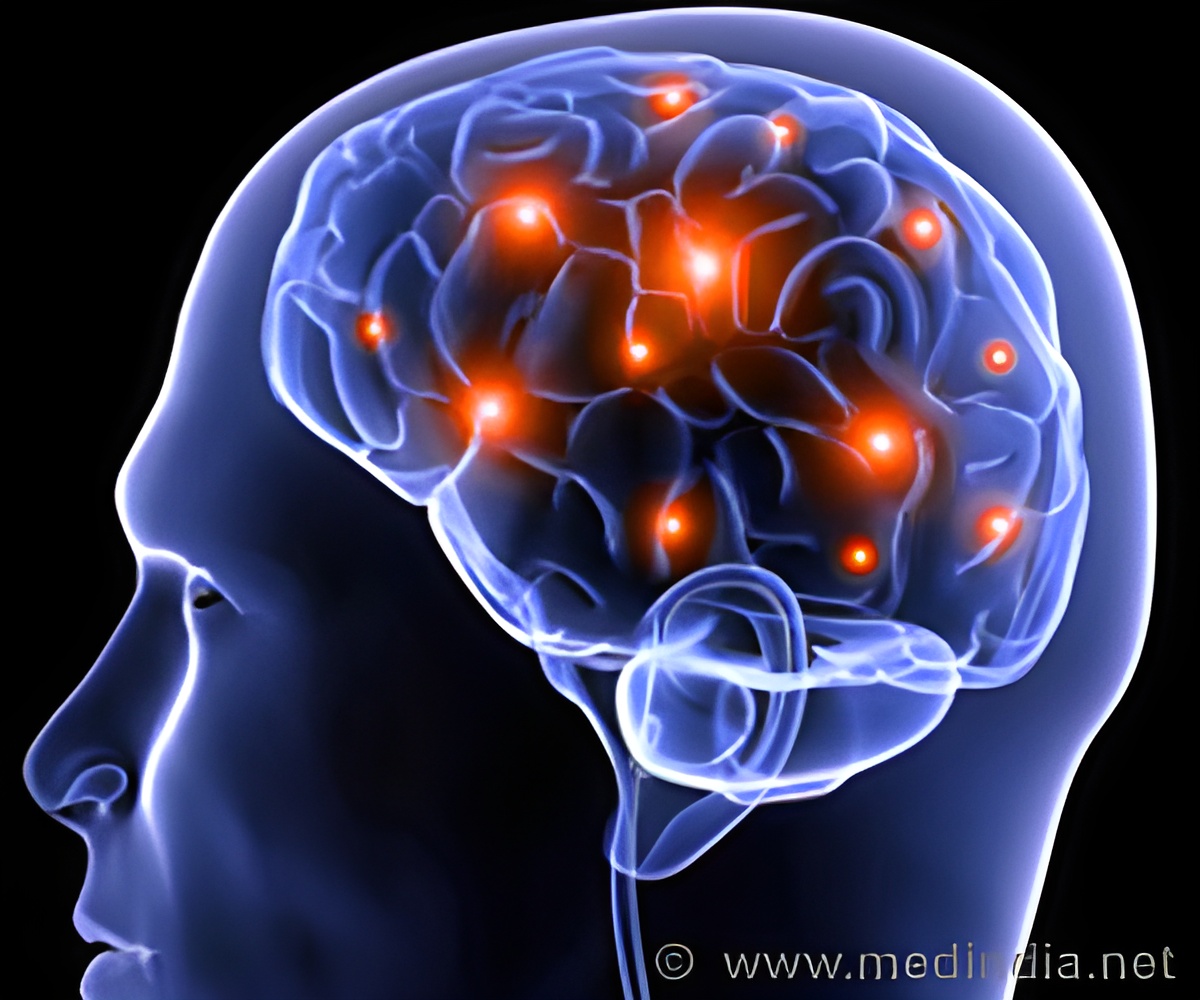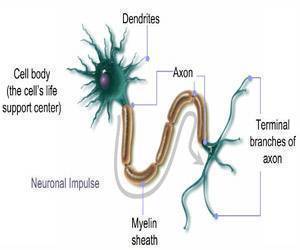
‘As each individuals functional connectivity in brain varies, it helps to easily identify the altered brain activity and develop treatment for mental or neurological conditions.’
Tweet it Now
"Similar to DNA, specific brain systems and connectivity patterns are passed down from adults to their children," said the study's principal investigator Damien Fair, Ph.D., P.A.-C., associate professor of behavioral neuroscience and psychiatry, OHSU School of Medicine."This is significant because it may help us to better characterize aspects of altered brain activity, development or disease."
Using two data sets of functional MRI brain scans from more than 350 adult and child siblings during resting state, Fair and colleagues applied an innovative technique to characterize functional connectivity and machine learning to successfully identify siblings based on their connectotype.
Through a similar process, the team also distinguished individual sibling and twin pairs from unrelated pairs in both children and adults.
"This confirms that while unique to each individual, some aspects of the family connectome are inherited and maintained throughout development and may be useful as early biomarkers of mental or neurological conditions," said lead author Oscar Miranda-Dominguez, Ph.D., research assistant professor of behavioral neuroscience, OHSU School of Medicine.
Advertisement
The dorsal attention and default systems, important for attention or focus and internal mental thoughts or rumination, respectively, also showed significant occurrences.
Advertisement
"Further, it creates more opportunity for personalized and targeted treatment approaches for conditions such as ADHD or autism."
Source-Eurekalert













